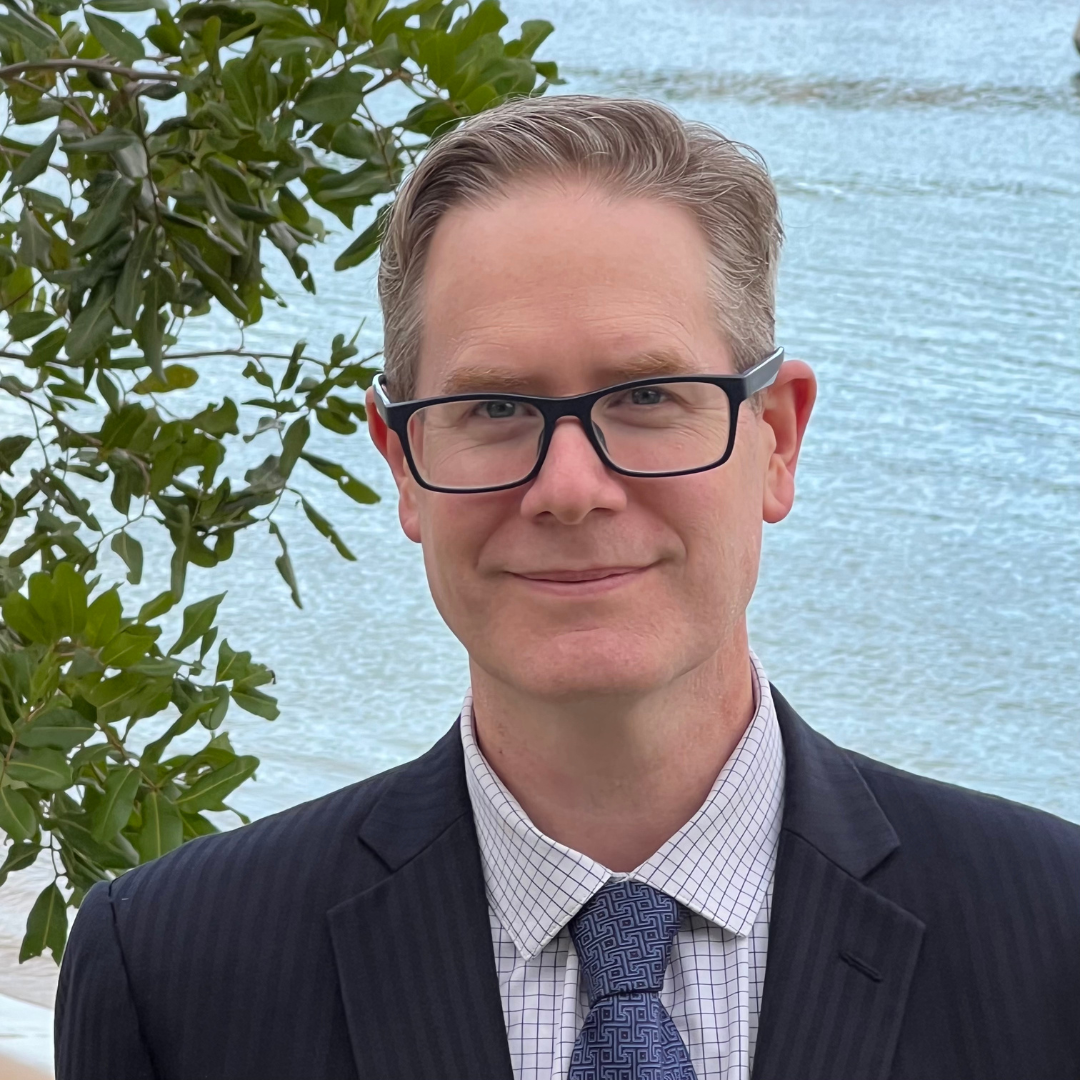In 2015, exciting new research has been published about the treatment of Childhood Apraxia of Speech. I want to tell you about it. But, first, I want to answer some frequently asked questions about the disorder.
1. What should we call it?
In Australia and the US, we call it Childhood Apraxia of Speech (or CAS). In the UK, they call it developmental verbal dyspraxia. They both refer to the same thing.*
To keep this article as short as possible, we’ll go with CAS.
2. What is it?
This is a bit complicated. Let’s take it in steps.
CAS:
- is a speech disorder. It affects a child’s ability to speak accurately and fluently compared to other children the same age;
- is a motor speech disorder. It’s a neurologic impairment that affects speech. “Neurologic”, here, means it involves nerves and how they power (or “motor”) the muscles used in speech; and
- affects motor speech planning and/or programming. CAS affects a child’s ability to voluntarily choose and sequence all the mini-programs that activate speech muscles at the right times, for the right duration, and for the right intensity to speak fluently and accurately.
3. What causes it?
Researchers say CAS is “idiopathic”. Translation: We don’t know.**
We think there is a genetic component, but there is no “CAS gene”. Instead, researchers think multiple genes, pathways and complex interactions are involved (e.g. Worthey et al. 2013).
4. How common is it?
Rare.
Between 1 in 1000 children to 1 in 3000 children aged 3-6 are thought to have it at any one time (ASHA, 2007; RCSLT, 2011). But we don’t know exactly how common it is.
Based on some of the poor information out there about the disorder on the Internet, it’s probably over-diagnosed.
5. What are CAS symptoms?
Don’t Google this question. Some Internet-sourced symptom-lists describe almost every child with a communication disorder! Others are very misleading.
One reason for the uncertainty is that we don’t yet have a reliable test to identify CAS cases with certainty. But, since at least 2007, most experts have agreed there are three main features of “true” CAS:
(a) Inconsistency: You ask the child to say the same syllables and words several times over and they say them differently. As the the child repeats syllables and words, they make different errors with consonants and vowels.
(b) Difficulty transitioning between different sounds in syllables and syllables in words. The transitions might take longer than normal or become disrupted.
(c) Wrong or unusual word stress, rhythm and pitch patterns. (We call these features of speech “prosody”.)
CAS symptoms can be mild or severe – or anywhere in between. It is hard to treat and can have long lasting effects, especially on prosody.
6. Which CAS treatments work?
CAS is about faulty motor control. Logically, treatments need to focus on improving motor control.
(a) Nuffield
The most commonly used treatment for CAS in Australia is the Nuffield Dyspraxia Programme, now in its Third Edition (Nuffield). Nuffield CAS programs have been used for more than 30 years. It’s a comprehensive, commercially available treatment for children aged 4 to 12 years. You can read more about this programme here.
(b) ReST
Rapid Syllable Transition (ReST) treatment was developed by research clinicians at the University of Sydney. It’s designed to target the core features of CAS to increase sound accuracy and consistency, rapid/fluent transitions between sounds and syllables, and the accurate use of word stress. As of the date of this article, researchers are developing a website that will give speech pathologists in private and public practice (and their clients) access to the treatment protocols and materials. This will be fantastic – particularly for cash-strapped clinics that can’t afford Nuffield.
(c) What are the key features of each treatment?
Nuffield and ReST both give children lots of practice with a wide range of motor patterns. But they treat CAS in different ways:
- Nuffield starts from the bottom up, starting with individual speech sounds and simple syllable shapes, gradually building up to more complex syllable shapes, real words, sentences and connected speech. Practice includes lots of feedback on correct production.
- ReST is based on principles of motor learning. It uses complex targets – non-words with more than one syllable – with pre-practice followed by intense, variable practice, random stimulus order, and low frequency, delayed feedback on results (accuracy) rather than correct production.
7. Nuffield vs. ReST – exciting high quality research
In 2015, Dr Elizabeth Murray and her fellow researchers from the University of Sydney published the results of a randomised controlled trial (RCT) directly comparing the two programs in a peer-reviewed journal (see reference below).***
All children in the trial received 12, one-hour sessions of one of the treatments, delivered four days a week over three weeks. The non-speech oro-motor exercises that are part of Nuffield were omitted to make sure that the effects of the motor speech components of each treatment could be compared directly.
(a) Both CAS treatments were effective:
- In the short term, the children treated with Nuffield were more accurate on treated items.
- In the longer term (1-4 months after treatment), children treated with ReST maintained their gains better than those treated with Nuffield.
- Both treatments showed significant transfer to untreated words and other targets.
(b) But the RCT had its limitations:
- For an RCT, the study had a small sample size – just 26 children.
- There was no non-treatment control group, so we can’t be sure that the gains were due entirely to the treatments (rather than natural improvement). Some of the children did other speech therapy one month after the end of the trial (which may have affected – negatively or positively – the outcomes measured 4 months after the trial ended).
- The clinicians and caregivers couldn’t be blinded to the treatment conditions.
- Researchers relied on severity and other outcome measures (such as percentage of consonants correct) that did not capture all dimensions of CAS (such as prosody).
- The study was conducted by researchers at the University involved in developing ReST, rather than researchers who were completely uninvolved in developing either treatment.
- Speech accuracy and intelligibility outside the clinic with other people were not measured.
8. Clinical bottom line
(a) Assessment: As a priority, we need a standardised, holistic assessment for CAS so speech pathologists can identify and distinguish CAS from other speech disorders with greater accuracy and rebut misinformation about the disorder with more confidence.
(b) Treatment: ReST and Nuffield are both effective treatments for CAS. They are not the only treatments supported by evidence. But they are (currently) the treatments supported by the highest level of evidence.
9. Want to read more about CAS?
Check out the American Speech-Language-Hearing Association’s (ASHA) 2007 position statement on CAS here.
Related articles:
Principal sources: Murray, E., McCabe P., & Ballard, K.J. (2015). A Randomised Controlled Trial for Children with Apraxia of Speech Comparing Rapid Syllable Transition Treatment and the Nuffield Dyspraxia Programme – Third Edition. Journal of Speech, Language, and Hearing Research, 58, 669-686.
See also, the Royal College of Speech Language Therapists’ (RCSLT) 2011 Policy Statement on Developmental Verbal Dyspraxia. available via here.
Image: http://bit.ly/1gQ5cTq
__________________________________
Nerd notes:
* Both “apraxia” and “dyspraxia” come to us from Greek:
- apraxia means “no action” or “inaction”.
- dyspraxia means “bad action”.
“Verbal” means “relating to words” (spoken or written).
“Speech” means…well, speech.
Most people who have CAS can say something – there is some action – so “dyspraxia” is more accurate than “apraxia”. But “speech” is a more specific term than “verbal”. So we’re stuck with two imperfect terms. Childhood dyspraxia of speech would be better, but the last thing we need at this stage is yet another term!
** As Austin O’Malley once said, “idiopathic” is a word we use to conceal our ignorance.
*** RCTs provide speech pathologists and others with high-quality evidence, free of many biases that can affect less rigorous study designs. RCTs are relatively rare (but very welcome!) in speech pathology science. Other examples of RCTs in speech pathology include studies on LSVT LOUD and the Lidcombe Program for childhood stuttering.

Hi there, I’m David Kinnane.
Principal Speech Pathologist, Banter Speech & Language
Our talented team of certified practising speech pathologists provide unhurried, personalised and evidence-based speech pathology care to children and adults in the Inner West of Sydney and beyond, both in our clinic and via telehealth.


Leave a Reply